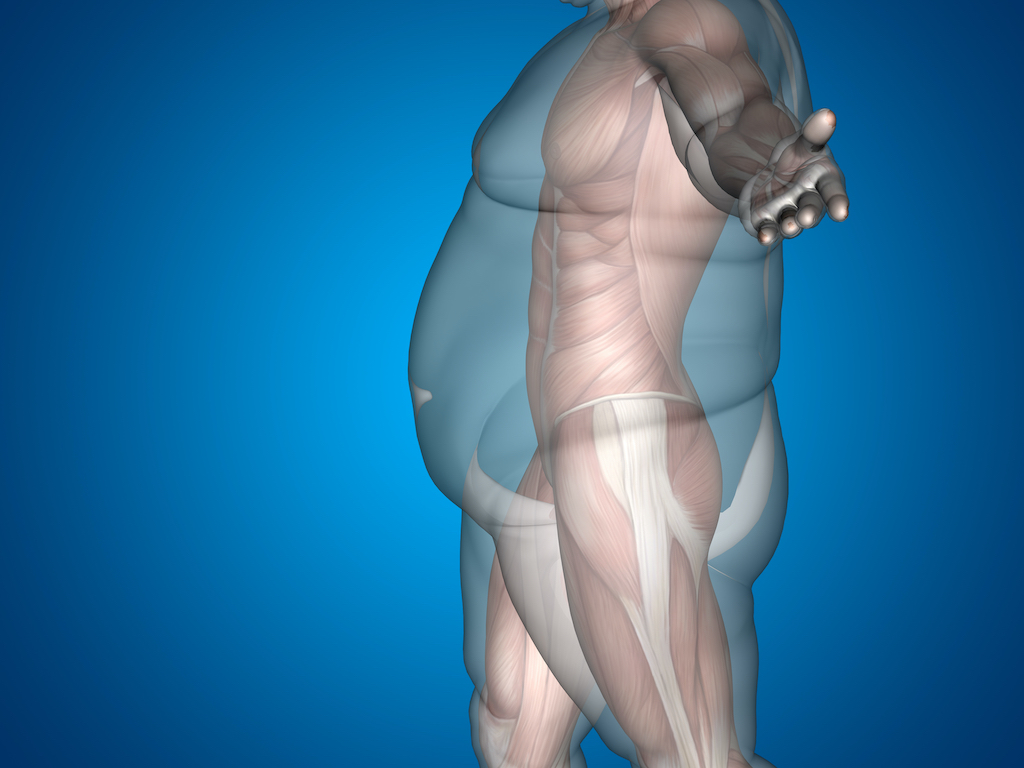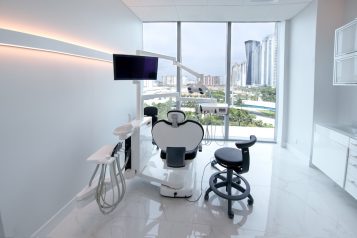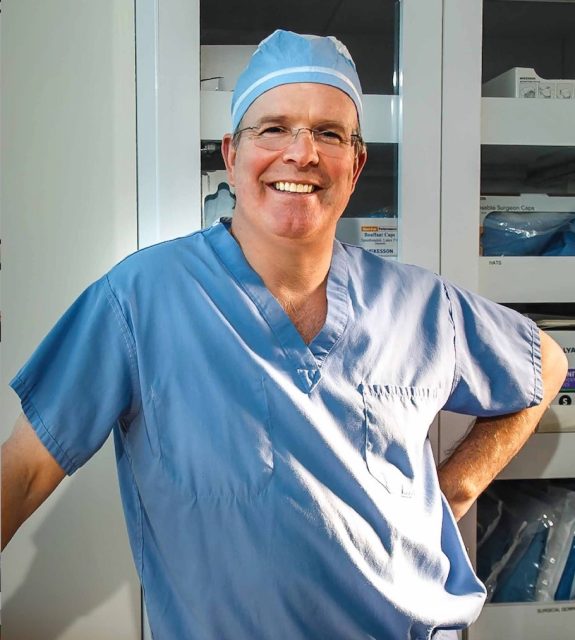Dr. Sepehr Lalezari is a specialist in bariatric surgery and minimally invasive general surgery. Trained at the prestigious Johns Hopkins Hospital, Dr. Lalezari is the foremost expert in weight loss and bariatric surgery in Los Angeles. Advanced training in minimally invasive surgery gives Dr. Lalezari a unique advantage over his peers in that his patients recover sooner, experience less pain, have better outcomes, and return to their normal lives faster. At Lalezari Surgical the most advanced surgical techniques are employed, including truly incision-less procedures for weight loss which rival the classic sleeve gastrectomy. The endoscopic sleeve gastroplasty (ESG) or endosleeve is a new option for weight loss that involves no surgery, no downtime, and is completely reversible. Dr. Lalezari’s approach to medicine and surgery is very progressive and his outcomes speak volumes. Haute MD sits down with Dr. Lalezari on how a gastric balloon is a valuable option for non-surgical weight loss.
HB: What options are available for weight loss that doesn’t involve surgery?
Weight loss can be daunting but there are many options available for weight loss that does not involve surgery. The three that are the safest and most popular are the intragastric balloon (IGB) and the endoscopic sleeve gastroplasty (ESG). Both are excellent options for non-surgical weight loss. In this article, we will explore the gastric balloon.

HB: How does the gastric balloon work?
IGB is a safer and lower-cost option for weight loss than bariatric surgery and does not involve taking lifelong medications. An FDA approved balloon is placed in the stomach and is left in the stomach for 6 months. This decreases the capacity of the stomach, enhances feelings of fullness, and thus leads to weight loss but limiting the amount of food one can eat. It also helps curb hunger cravings as the balloon within the stomach helps people feel as though they already have a meal sitting in their stomach and thus don’t get hungry.
HB: How is the gastric balloon for weight loss placed in the stomach?
Placement depends on the brand of the balloon. There are currently three FDA approved intragastric balloons on the market. The ORBERA, OBALON, and RESHAPE gastric balloons. No matter how they are placed, removal of all of them requires an endoscopy where a flexible tube with a camera and light is passed through the mouth into the stomach so the balloon can be removed. The ORBERA and RESHAPE gastric balloons are placed via an endoscopic procedure and the OBALON is swallowed.
HB: How much weight can you expect to lose with the gastric balloon?
The percentage of weight loss with the balloon is of course less than that seen after bariatric surgery. The expected total body weight loss is around 10% at 6 months. But for those who do not have too much weight to lose and don’t qualify for bariatric surgery, the IGB is a good option.
HB: Who qualifies for the gastric balloon?
The gastric balloon is approved for those with a body mass index (BMI) of 30-40. It is currently only indicated for adults who are willing to participate in a medically supervised diet and exercise program.
HB: What is the downtime associated with the gastric balloon for weight loss?
There is no downtime associated with the gastric balloon. It is an outpatient procedure which means no overnight stay in the hospital or surgery center. Patient can leave within a couple of hours after the procedure.
HB: How long does the gastric balloon stay in the stomach?
The balloon can only stay in for 6 months. There is an increased rate of complications that may occur if it stays longer and the FDA has not approved it to stay in place longer than 6 months.

HB: What does it feel like to have the gastric balloon placed?
Usually, the gastric balloon is associated with a feeling of fullness and sometimes nausea and vomiting. Nausea, if it does occur, is usually controlled with medications. The procedure itself is just like having an endoscopy done and may be associated with a sore throat.
HB: Is the gastric balloon safe?
Yes, the gastric balloon is relatively safe. The most common side effects are nausea, vomiting, abdominal pain, and diarrhea. Severe complications such as bowel perforation, bowel obstruction, bleeding, blood clots, and tears in the stomach are very rare.
HB: Is the gastric balloon reversible?
Yes, the procedure is fully reversible and in fact, the balloon must be removed at 6 months.
HB: Can you get pregnant with the gastric balloon in place?
It is not recommended to become pregnant with the gastric balloon in place. If you are pregnant or planning to become pregnant in the next 6 months you should wait to have the procedure done.
HB: How much does the gastric balloon cost?
The cost of the procedure is variable depending on the location and center performing the procedure. The average cost is around $7,000.00.
For more information, visit Dr. Sepehr Lalezari's social media:
























